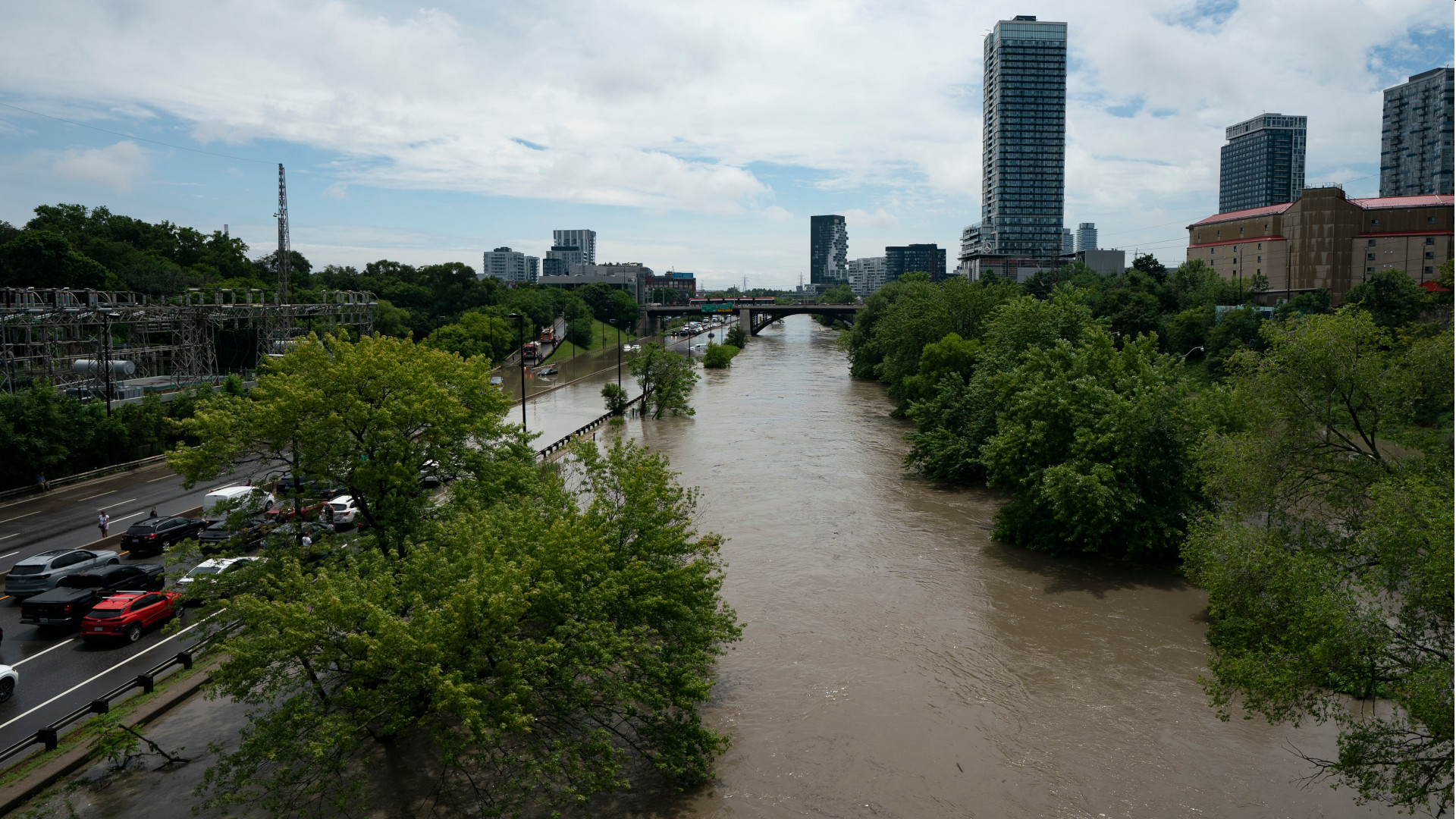
Indigenous languages in Canada are in trouble. The number of Indigenous languages that are still spoken by Indigenous people in Canada and the United States has declined significantly from the 300 that were spoken fluently in the 15th century, as University of Alaska linguist Michael Krauss has documented. In Canada today, there are more than 58 Indigenous languages. Of these, the predictions are that only three — Cree, Anishinabemowin (Ojibwa) and Inuktitut — will survive. And even if they do, they may not remain vibrant in their communities. We cannot allow our people to experience such a loss to our traditions and cultures.
The nuances of Indigenous world views are lost when their languages are translated into a dominant language such as English or French. Ojibwe linguist and scholar Basil Johnston reminded us to understand how Indigenous peoples perceive certain ideas it is necessary to learn the Indigenous language. For example, when an Ojibwe speaker says that someone is telling the truth, he says w’daebawae. Can w’daebawae be translated literally? No. It means something like ”the truth as I understand it,” as opposed to the absolute truth. This is just one of countless examples of knowledge that can only be expressed in an Indigenous language.
Among Indigenous people and environmentalists, there are philosophical arguments for why Indigenous languages matter. Luisa Maffi, an expert in linguistics and biodiversity, has found that where Indigenous languages are flourishing, so does the variety of species in a habitat or ecosystem. Where Indigenous languages are diminished, so is biodiversity. Simply put, through their languages, creation stories and ceremonies, Indigenous peoples have unique and valuable ways of interacting with the land and their environment. When Indigenous languages are revitalized, so are the worldviews and the ways of seeing and interacting with our environment that are naturally embedded in these languages. Maffi appeals to all people to care about the revitalization of Indigenous languages, because of this connection between Indigenous languages, cultural diversity and biodiversity.
Some Indigenous languages have been lost, and not because Indigenous peoples decided not to care about them. The fragile state of Indigenous languages in Canada is the result of historical laws and policies designed to rid Canada of distinct Indigenous cultures. Two that come to mind are the Anti-Potlatch Laws, in effect from the 1890s to the early 1950s, and the Indian residential school system, in effect from the 1870s to the 1990s.
The fragile state of Indigenous languages in Canada is a result of historical laws and policies designed to rid Canada of distinct Indigenous cultures.
The Indian residential school system was one of the most profound sets of human rights violations visited upon any people in the history of this country. Undertaken by governments, with the co-operation of several churches (the Roman Catholic, Anglican, United, and Presbyterian churches), the express aim was to suppress and eliminate Indigenous languages, cultural practices, and identities as distinct peoples. While over 70 years of the deliberate actions of state and church did not obliterate Indigenous languages completely, it did have a dramatic and negative impact on the natural way in which parents and grandparents pass on their languages to their children and grandchildren, which resulted in a significant overall decline in the use of these languages.
Today, there is no statutory legislation or overarching federal policy to recognize and revitalize Indigenous languages in Canada. The excellent work undertaken to revitalize Indigenous languages is being done entirely by community champions and language activists. Organizations such as the First Peoples Cultural Council of British Columbia, the Kahnawake Cultural Centre and the Ojibwe Cultural Foundation are some of the Indigenous organizations that have developed and perfected language revitalization efforts, which are resulting in fluency in these languages.
The operative word in the Truth and Reconciliation Commission’s Calls to Action, released in 2015, is “action,” and more than one recommendation speaks to language revitalization. Call to action #14 is for an Aboriginal languages act, and call to action #15 is for an Aboriginal languages commissioner. Indigenous people have been pressing the federal government to recognize and support the revitalization of Indigenous languages for years, a clear indication of their commitment to ensuring future generations converse in their own languages. Now is the time for the government to rethink and transform its legislative and policy approaches.
The operative word in the Truth and Reconciliation Commission’s Calls to Action is “action,” and more than one recommendation speaks to language revitalization.
The funds committed in response to the 2005 report Towards a New Beginning, A Foundational Report for a Strategy to Revitalize First Nation, Inuit and Métis Languages and Cultures were removed from the fiscal framework in 2006, leaving only $12.7 million of the original $172.7 million allotted for 11 years.
Currently, support for Indigenous languages is a program commitment funded through the Department of Canadian Heritage’s $5-million Aboriginal Languages Initiative (ALI). The ALI funds Indigenous organizations interested in creating programs and services around language revitalization. Examples of funded programs include developing materials to increase language use and proficiency, and promoting traditional approaches to learning such as language camps and immersion programs.
In the 2016 federal budget, Ottawa pledged $5 million in new funding for the ALI for the 2016-17 fiscal year, with a promise to consult on the program for future years. A further $275 million over five years was allotted in Indigenous and Northern Affairs Canada’s education budget for language and culture programming for on-reserve schools. The costs associated with revitalizing Indigenous languages for curriculum development for preschool through to graduate studies, community-based revitalization programs, technological development, documentation, public awareness and other initiatives have yet to be assessed for any national initiatives.
But there is no legislative requirement to fund the revitalization of Indigenous languages or mother tongue instruction in Indigenous languages. Restoring languages is, however, crucial for reconciliation. A substantial long-term and sustained financial investment for language revitalization would be in keeping with the spirit of reconciliation, as would official recognition in the form of federal statutory legislation and the creation of an Indigenous languages commission Until now, there has been a lack of legislation, policy, program initiatives and long-term sustainable funding for Indigenous language revitalization.
The programs funded by the ALI are open to Indigenous organizations across the country, but it is an ad hoc collection of projects. We need a comprehensive, strategic approach to creating fluency in all of Canada’s Indigenous languages; expansion of Indigenous language use in daily conversation in homes, communities and schools; and documentation of languages that are near extinction. The current federal programs and investments are insufficient for the task, and there is no guarantee of long-term sustained financial support.
It is unconscionable that any government in Canada would continue to oppose substantive initiatives designed to protect and nurture Indigenous languages. Given Prime Minister Justin Trudeau’s statements since he was elected, and the mandate letters that were sent to the ministers of Canadian Heritage and Indigenous Affairs, I remain very hopeful that the current government will make good on this commitment and support Indigenous languages, which is an essential element of reconciliation.
Photo: Dotshock / Shutterstock.com
Do you have something to say about the article you just read? Be part of the Policy Options discussion, and send in your own submission. Here is a link on how to do it. | Souhaitez-vous réagir à cet article ? Joignez-vous aux débats d’Options politiques et soumettez-nous votre texte en suivant ces directives.







